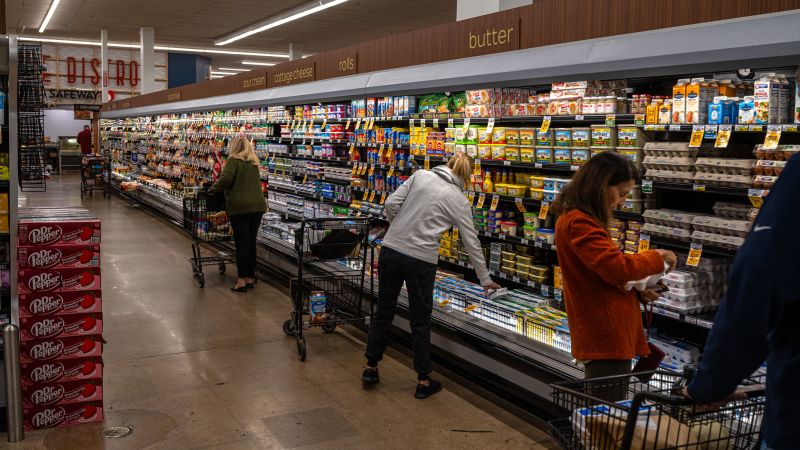US consumers remain unimpressed with this progress, however, because they remember what they were paying for things pre-pandemic. Used car prices are 34% higher, food prices are 26% higher and rent prices are 22% higher than in January 2020, according to our calculations using PCE data.
While these are some of the more extreme examples of recent price increases, the average basket of goods and services that most Americans buy in any given month is 17% more expensive than four years ago.



Americans are right now at some of the best economic times, so that’s surprising
There is a disconnect between the statistics and reality. I am not sure where, but I suspect inflation is not being calculated correctly. It may be that lower cost items rose at a higher rate, so even though it averages out, it’s harder to reduce spending. 17% doesn’t seem to match the numbers I’ve seen for take out and home prices for example.
At the end of the day, it doesn’t matter what’s on a chart it matters how many things people had to choose to not buy or do because they couldn’t afford it.
Didn’t they just adjust the whole inflation index again to not count a bunch of significant things? It’s a joke.
Same with unemployment. It only counts “able individuals who are actively searching for a job”. A lot of people aren’t included in those numbers when they should be.